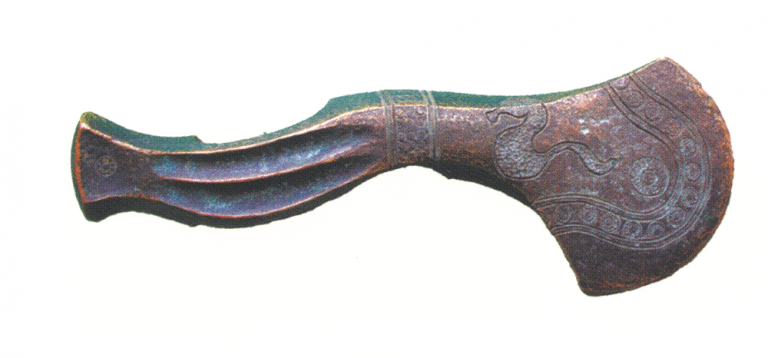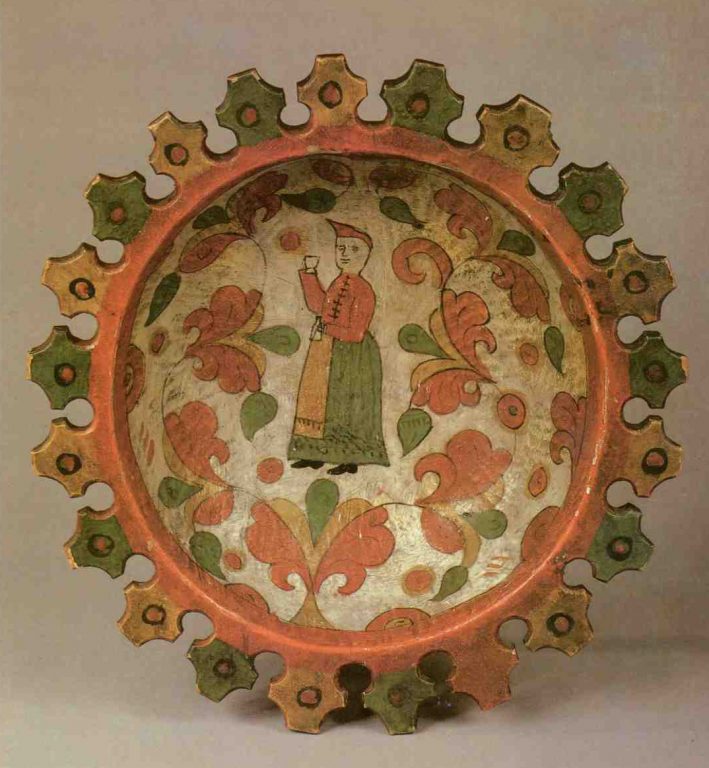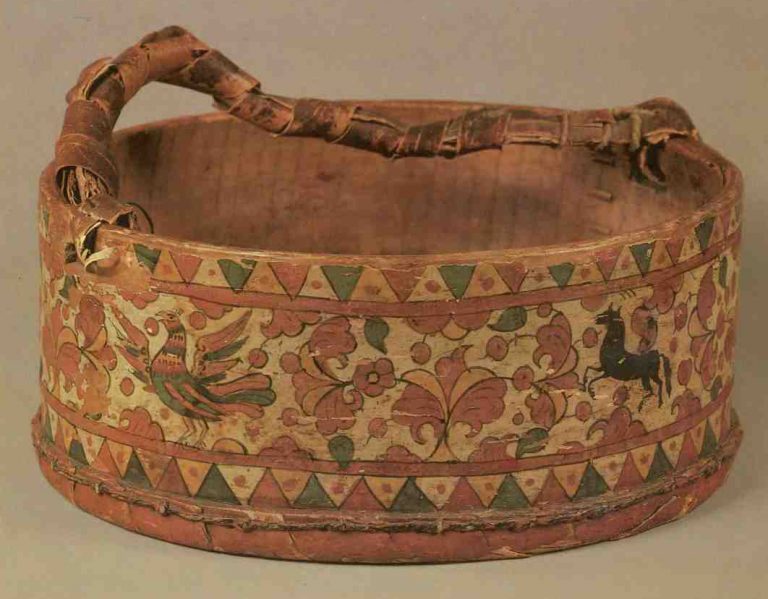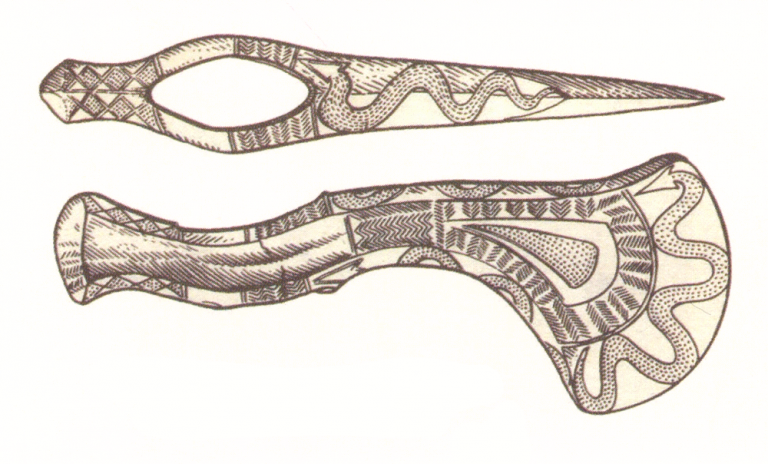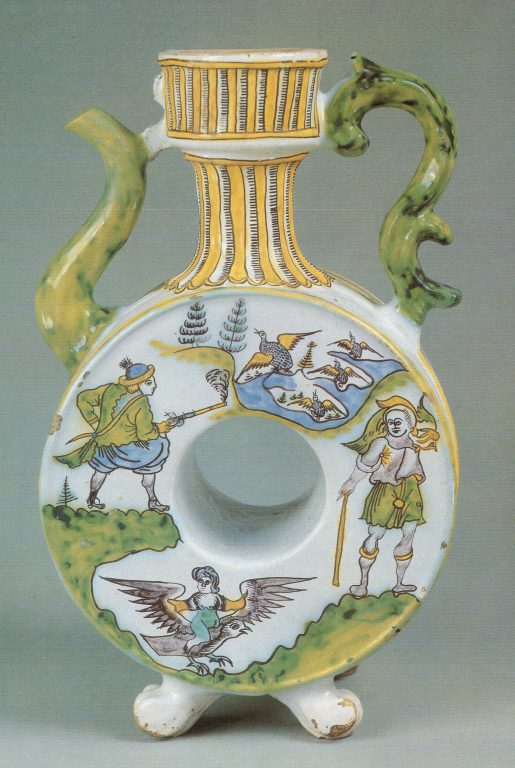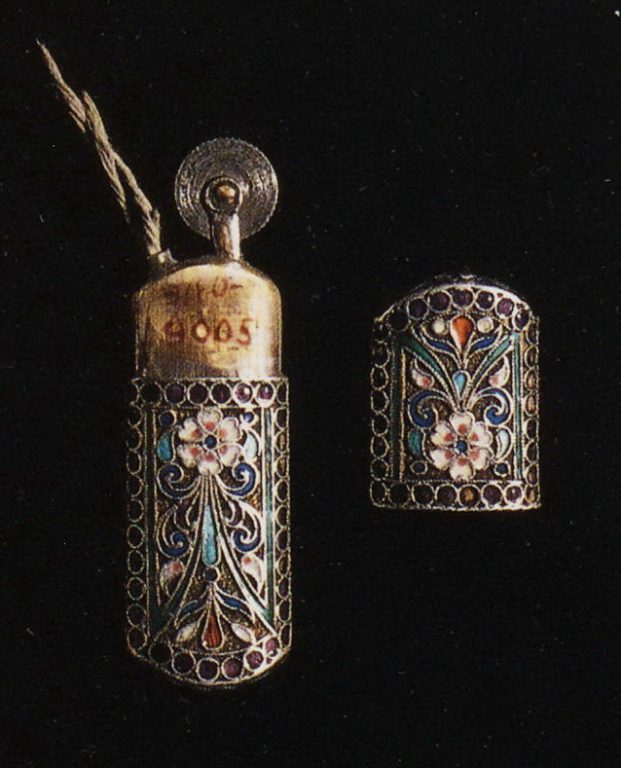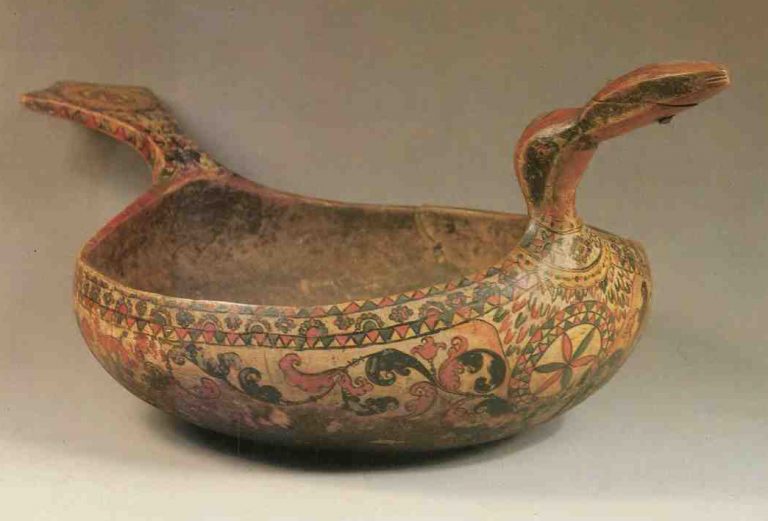

-
Objecttableware: Beaker
-
Author of the objectGeorgius Olescher Jr.
-
Type of arts & crafts
-
MediumSilver, partly gilded
-
SizeOverall: 7 7/8 x 4 13/16 in. (20 x 12.2 cm)
-
Geography details
Hungary -
Country today
-
Dateca. 1730-50
-
Type of sourceDatabase “Metropolitan Museum of Art”
-
Fund that the source refers toMetropolitan Museum of Art
-
An elegant rhythm is created in this beaker by alternating gilded vertical concave flutes with silver panels containing finely embossed and chased ornament on a matte ground. Georgius Olescher Jr., the maker here, was probably inspired by the work of Michael II May, who spent several years in France becoming familiar with Regence ornaments, returning to Brassó by December 1731. Other Transylvanian beakers are similarly decorated, including examples with this typical bell-shaped form. And it was May who produced several such large beakers, all of which are similarly ornamented (István Heller. Ungarische und siebenbürgische Goldschmiedearbeiten: Vom Ende des 16. Jahrhunderts bis zum Ende des 19. Jahrhunderts. Munich, 2000, pp. 106–8, nos. 31 and 32). Some were produced with a lid. The Regence strapwork is an adaptation of French and German silver ornament but was also one of the main patterns featured on porcelain from the influential Viennese DuPaquier manufactory. The number of surviving examples made in Brassó indicates that this type of drinking vessel, all partially gilded, was extremely popular in the region (see, for example, Erdély régi művészeti emlékeinek kiállítása az Iparművészeti múzeumban / Ausstellung alten Kunstgewerbes aus Siebenbürgen. Exh. cat. Országos Magyar Iparművészeti Múzeum. Budapest, 1931, pp. 32–33, no. 144, pl. III, and Baroque Splendor: The Art of the Hungarian Goldsmith. Exh. cat. by István Fodor et al. Bard Graduate Center for Studies in the Decorative Arts. New York, 1994, p. 129, no. 66, and p. 131, no. 69).
Literature
Tihamér Gyárfás. A brassai ötvösség története. Brassó, 1912, pp. 110–11, no. 206.
Important Silver. Sale cat., Sotheby’s, New York, June 17, 1981, n.p., no. 4.
Judit H. Kolba. Hungarian Silver: The Nicolas M. Salgo Collection. London, 1996, p. 80, no. 58.References
Elemér Kőszeghy. Magyarországi ötvösjegyek a középkortól 1867-ig / Merkzeichen der Goldschmiede Ungarns vom Mittelalter bis 1867. Budapest, 1936, no. 259.
Klaus Pechstein. Deutsche Goldschmiedekunst vom 15. bis zum 20. Jahrhundert aus dem Germanischen Nationalmuseum. Exh. cat. Deutsches Goldschmiedehaus Hanau, Städtisches Museum Ingolstadt, and Germanisches Nationalmuseum Nürnberg. Nuremberg and Berlin, 1987, pp. 159–160, no. 72.
Judit H. Kolba. Schätze des ungarischen Barock. Exh. cat. Deutsches Goldschmiedehaus Hanau. Hanau, 1991, p. 95, no. 68.
Important English, Continental and American Silver and Gold. Sale cat., Christie’s, New York, May 17, 2011, no. 109 (for an octagonal variant).[Wolfram Koeppe 2015]





